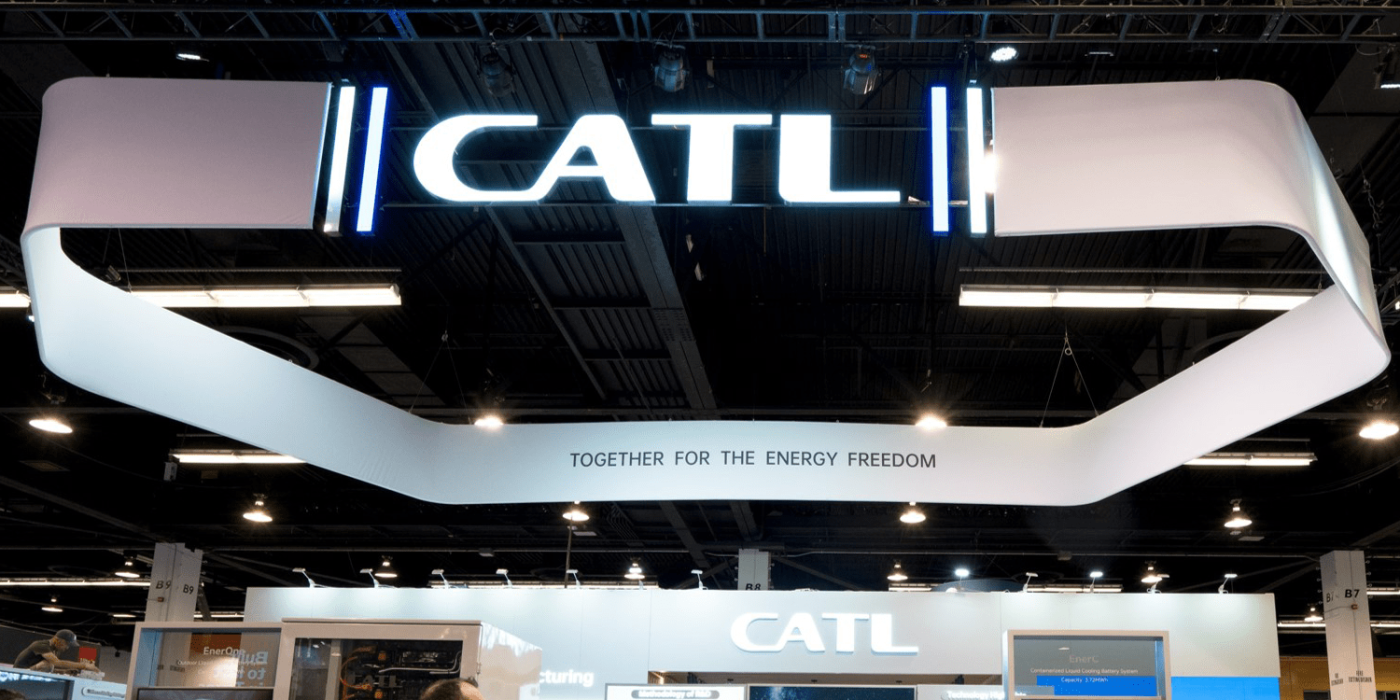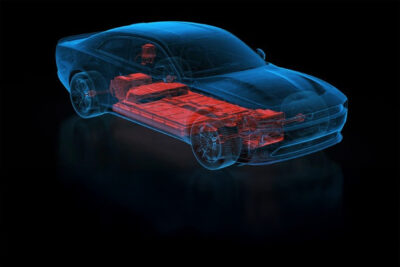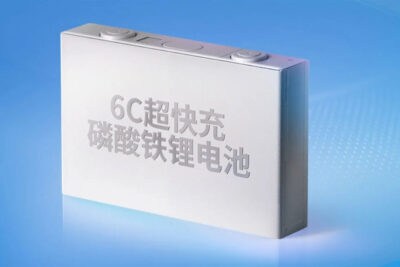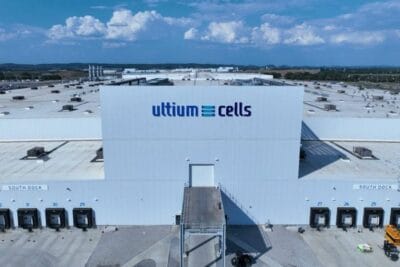CATL gears up for next-gen SIBs and global licensing
CN EV News reported the developments after interviewing a CATL spokesperson. As for the new sodium-ion battery, CATL was one of the first manufacturers to present its own SIB in mid-2021. The first generation had an energy density of 160 Wh/kg, but CATL was already aiming for 200 Wh/kg at the time. By comparison, lithium-ion batteries with liquid electrolytes deliver around 350 Wh/kg max.
Sodium is more readily available than lithium. It is also inexpensive, safe, and easy to dispose of or recycle. The challenge is compensating for the comparatively lower energy density and transferring the technology into industrially utilisable and scalable cells. This is why CATL is also developing a so-called AB battery in parallel, which combines sodium and lithium-ion cells. The main challenge here is battery management.
The article does not mention when the first AB or pure sodium-ion batteries will be used in cars. Although the media expected CATL cells to be installed in electric vehicles in 2023, there have been no reports since. However, CATL has confirmed Chery as the first manufacturer to use its sodium-ion batteries, albeit without further details.
As for the other news, CN EV Post reports that CATL has talked with about a dozen OEMs for a License Royalty Service (LRS) cooperation model. The company spokesperson explained that under the LRS partnership model, CATL provides technology licensing and plant construction and operation services. This was to help global OEMs and even the company’s peers quickly master battery production capabilities, CN EV cites the spokesperson.
One of the first companies to benefit from the model is Ford, which is reportedly building an LFP cell plant in the US state of Michigan with support from CATL. As reported earlier this year, similar plans appear to be made with General Motors.
Both deals benefit from and forego the rules laid down in the Inflation Reduction Act (IRA). While it effectively excludes Chinese manufacturers from the subsidised US market, licensing has developed into an important business segment, CATL CEO Robin Zeng recently told the press. His company supplies the factory equipment and the production technology and trains the staff. Still, the licence holder is the sole owner of the battery factory on paper – even if nothing works without CATL input. As CATL does not hold any shares in the factory, the company has to invest significantly less, instead receiving income from the licence fees for patent usage and service fees.
As reported, CATL also intends to produce pure solid-state batteries in small quantities for the first time in 2027.





0 Comments